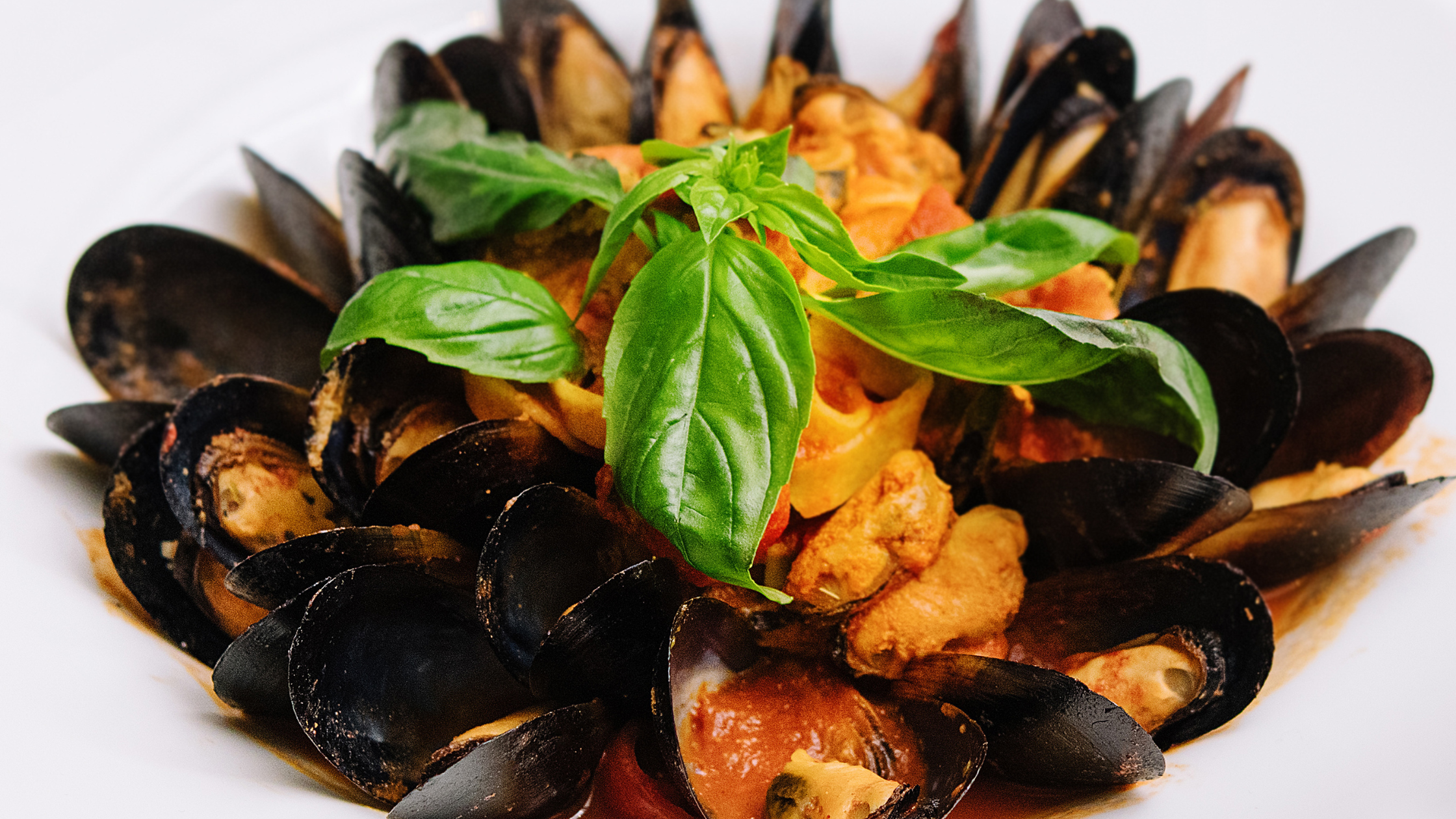
Savor the Sea: How to Make Mussels In White Wine Garlic Delight
Picture this: the sun dips below the horizon, casting a golden glow across the ocean while you sit at a seaside bistro, savoring each exquisite
FREE Overnight Shipping on orders over $300 ($200 in CA. Some suburbs are not included).
By Rebecca Gardon
 Fresh fish is a beautiful thing. At Catalina Offshore Products we specialize in species found along the West Coast, from Baja and Southern California to the Pacific Northwest. Working directly with local fishermen means our processing plant is often the first stop from the docks, which makes much of our seafood as fresh as it gets. But what if your favorite fish is not in season or simply isn’t available? Try looking to frozen offerings.
Fresh fish is a beautiful thing. At Catalina Offshore Products we specialize in species found along the West Coast, from Baja and Southern California to the Pacific Northwest. Working directly with local fishermen means our processing plant is often the first stop from the docks, which makes much of our seafood as fresh as it gets. But what if your favorite fish is not in season or simply isn’t available? Try looking to frozen offerings.
The biggest advantage of properly frozen seafood is that it enables you to enjoy your favorite varieties year round. Fact is, a lot of frozen fish today compares in quality to never-frozen fish. A good percentage of fish served in sushi bars has been previously frozen to maintain color and quality. Many fresh catches are immediately processed and frozen at very low temps, frequently right on board the vessel. The key to getting quality frozen seafood, is knowing your source.
Among our frozen seafood offerings are fish fillets that we cut in house from whole fresh fish. After we hand cut each fish at its peak of freshness, we freeze and vacuum pack portions and secure them in our coolers. Strict handling procedures from boat to plate preserve the just-caught freshness you expect, and ensure the high quality of your fish is maintained until you are ready to serve it.
Done right, frozen fish fillets are a high quality and convenient protein to keep on hand for unplanned meals. Here are a few things to keep in mind when buying frozen fish:
The good news for you is that we at Catalina use deep freezing holding environments that preserve quality better than traditional freezers. We also possess some of the newest freezing technology. The most recent addition to our warehouse is our Proton freezer — a revolutionary hybrid freezer that combines an environment of evenly distributed electromagnetic waves and cold air. It makes many small ice crystals at one time, preventing the forming of larger ice crystals. As a result, cells within fish are not destroyed and loss of fluid upon thawing is reduced. As we experiment with our Proton freezer, keep a lookout for new frozen-in-house offerings including local chutoro and saku blocks!

Picture this: the sun dips below the horizon, casting a golden glow across the ocean while you sit at a seaside bistro, savoring each exquisite
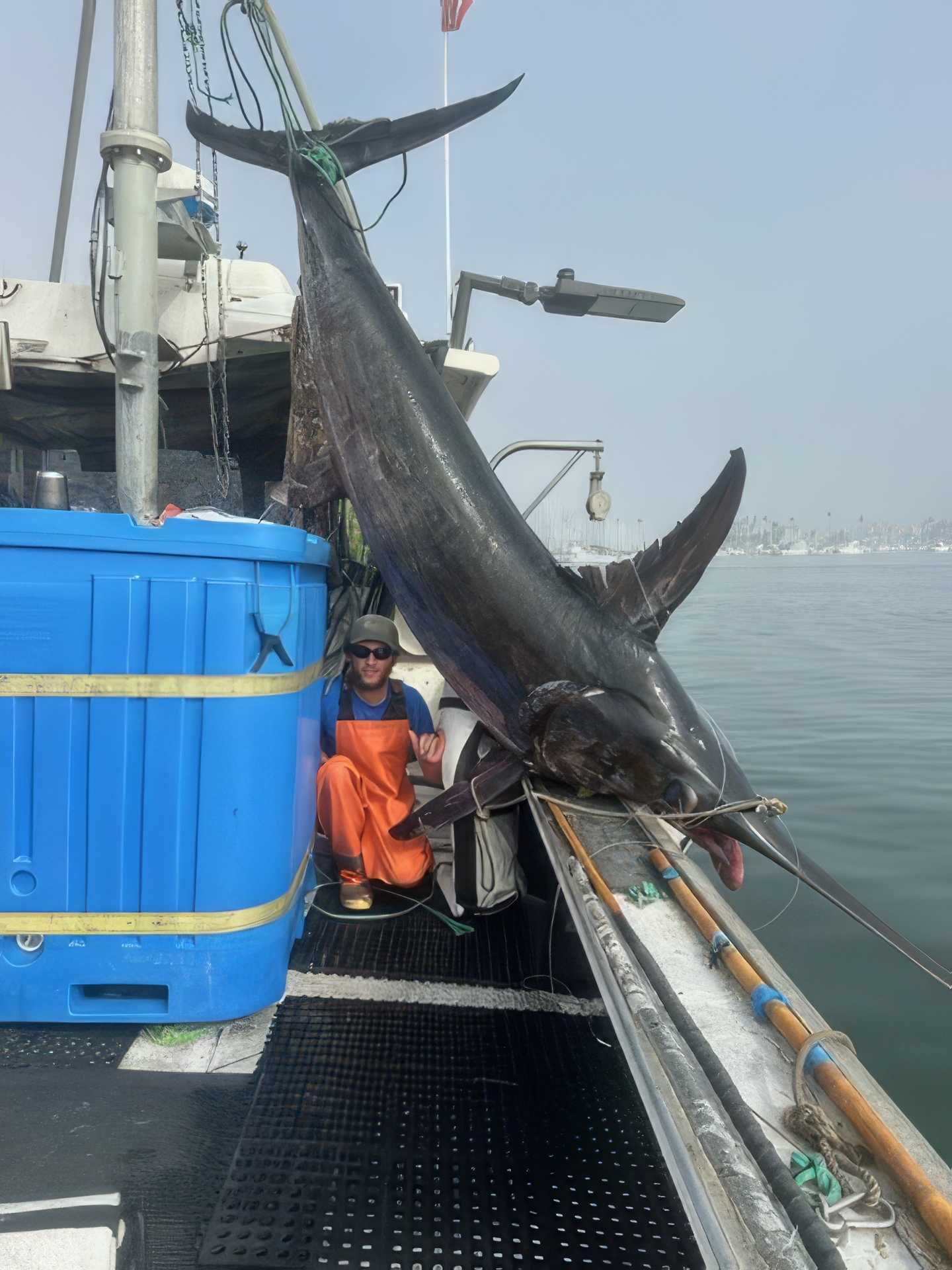
The Conservation Benefits of Deep-Set Fishing At Catalina Offshore Products, sustainability isn’t just a buzzword—it’s a commitment. As a small family-owned company, we pride ourselves
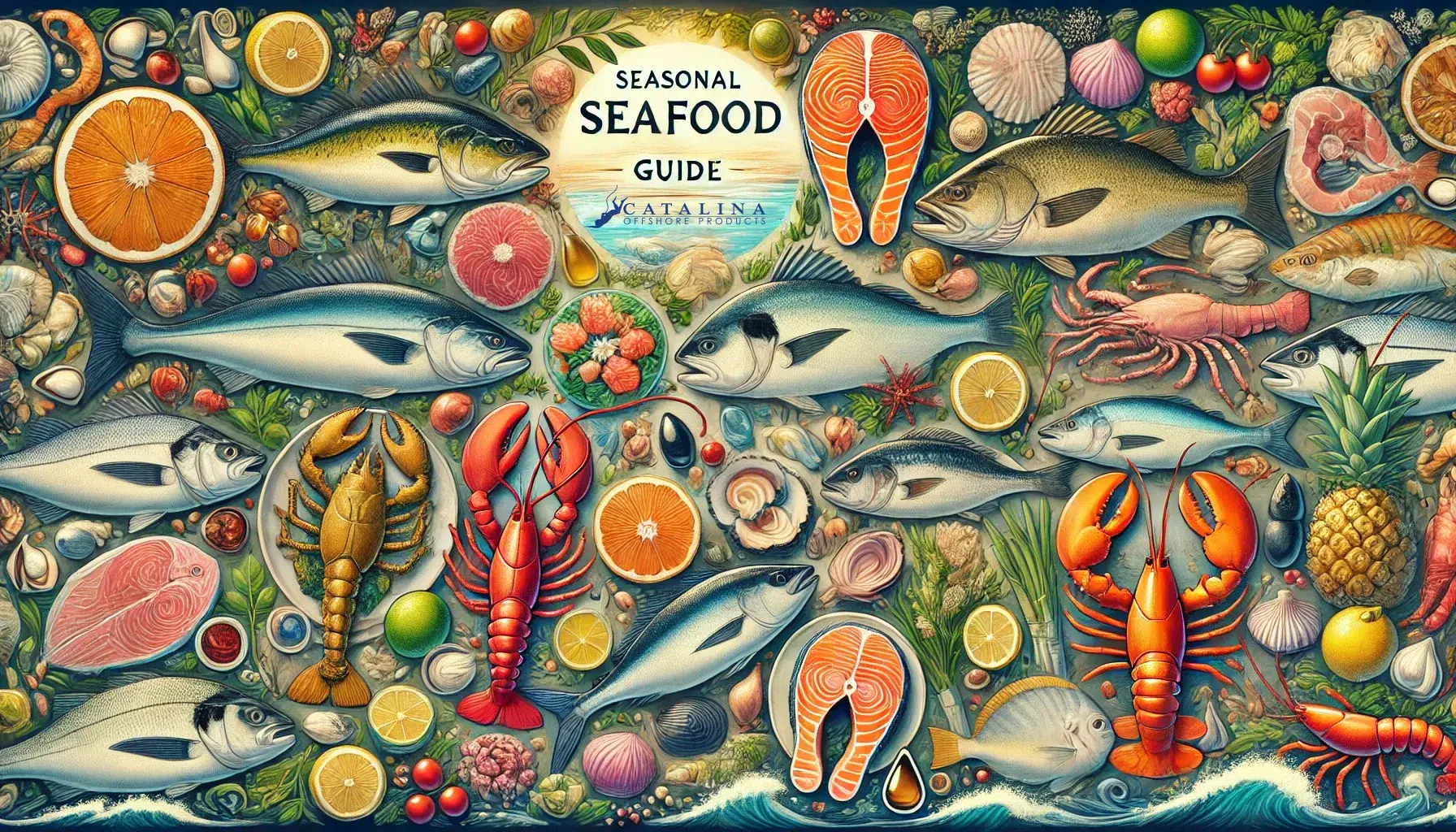
As we journey through the latter half of the year, each month presents us with an array of fresh seafood delights. From the vibrant flavors of summer to the comforting dishes of winter, choosing and preparing the perfect fish or shellfish can truly elevate your meals. Here’s your comprehensive guide to selecting and cooking the best seasonal seafood from August to December.
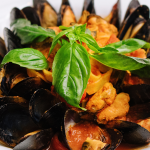
Savor the Sea: How to Make Mussels In White Wine Garlic Delight
Picture this: the sun dips below the horizon, casting a
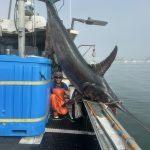
The Conservation Benefits of Deep-Set Fishing: A Sustainable Seafood Solution
The Conservation Benefits of Deep-Set Fishing At Catalina Offshore Products,
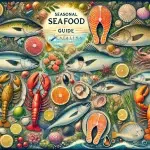
Your Ultimate Seasonal Fish Guide: Savor the Freshest Catches from August to December 2024
As we journey through the latter half of the year, each month presents us with an array of fresh seafood delights. From the vibrant flavors of summer to the comforting dishes of winter, choosing and preparing the perfect fish or shellfish can truly elevate your meals. Here’s your comprehensive guide to selecting and cooking the best seasonal seafood from August to December.